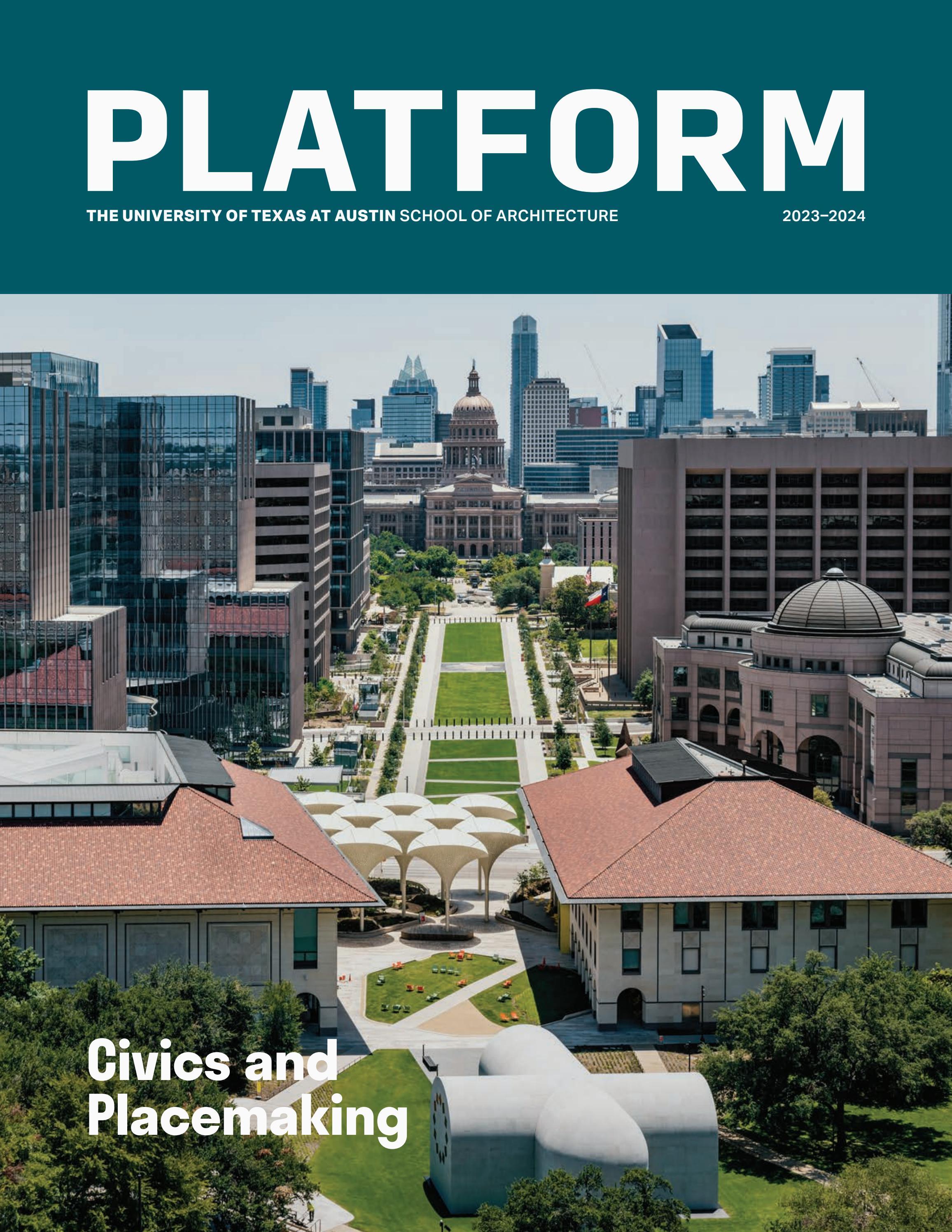
As urban development and revitalization pick up pace in cities worldwide, Los Angeles is taking a proactive approach to ensuring that enhancements around transit areas don't displace existing communities. Infrastructure and placemaking are at the forefront of these discussions.
Revitalizing Neighborhoods while Preventing Displacement
Urban renewal efforts typically lead to increased property values and a higher cost of living, which can inadvertently push out long-standing residents. Los Angeles city planners are keen on finding solutions that encourage development without resulting in the displacement of communities that have built their lives around transit hubs.
Economic Development Based on Placemaking
Placemaking – the process of creating quality places that people want to live, work, play, and learn in – is a key strategy for urban areas around transit points. One such example is the East End vision in Garland, Texas, undertaken by a new urbanist team and sponsored by the Congress for the New Urbanism (CNU).
Tactical Approach to Walkable Infrastructure

Creating walkability is fundamental to preventing displacement. City officials in urban areas like Garland's East End are adopting form-based codes (FBC) to guide investment toward mixed-use, pedestrian-friendly designs.
Key Strategies for Revitalization
Garland's Main Street redesign offers a glimpse into the potential transformation achievable through thoughtful infrastructure changes. Sidewalks, bike lanes, functional landscaping, and the creation of makerspaces are all on the table as methods of ensuring growth benefits all residents.
Challenges to Sustainable Growth
There remains, however, the challenge of major road realignments like State Route 78. Strategies must be developed to reconcile necessary traffic volumes with the desire for a more controlled and community-oriented street environment.
Infrastructure as a Catalyst for Change

Before committing to long-term investments, planners advocate for the testing of prototypes, such as using temporary measures to create pedestrian safety on Main Street, or opening up walkways to enhance connectivity to downtown.
The Makerspace Concept
Garlands' vision involves establishing a makerspace as a cornerstone for development, aligning with the city's manufacturing identity and fostering local innovation.
CNU's Role in Urban Revitalization
The CNU is instrumental in propelling placemaking initiatives. Their Legacy Charrette program offers a platform for cities to submit proposals for hands-on urban development guidance.
Focusing on Long-Term Community Benefits
The ultimate goal is substantial and lasting changes in infrastructure that align with community-focused urban planning and design, thereby affording equitability in the developmental surge.
Integrating Travel into Urban Revitalization
The surge in urban revitalization efforts doesn't just positively impact residents, it also casts a wider net to invite visitors keen on exploring new, vibrant cityscapes. Travelers seeking authentic experiences can immerse themselves in the communities that are directly benefiting from these smart urban planning initiatives. As such, Los Angeles not only focuses on preserving the integrity of its transit neighborhoods but also opens up fresh avenues for tourism, further fueling the city's economic engine and enhancing hotel and accommodation sectors without compromising the soul of its communities.